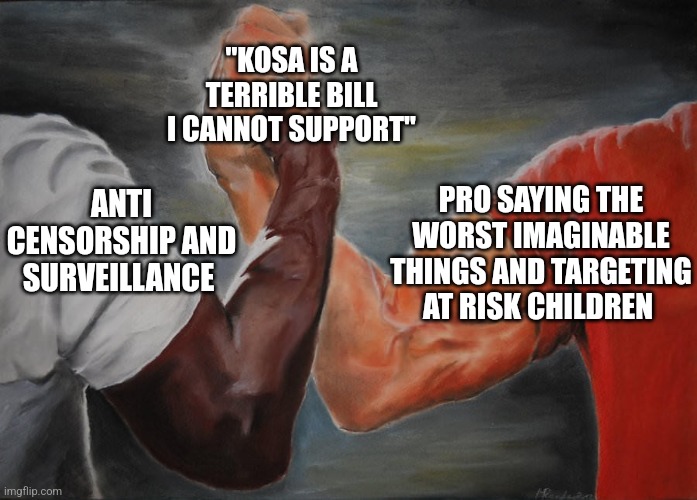

Oh for sure. What I meant was “check router for a built in VPN and use it if it has one, otherwise use wireguard because it’s the easiest”.
The specific VPN doesn’t really matter so much. The built-in one would be the easiest, so checking for a solution that took a few clicks is worth it. :)



Yeah, it’s definitely faster, but I’m not sure it’s going to make too much of a difference for a Minecraft server.
With setting it up being a bit annoying by hand, I’d still rank the router option higher even if it’s a worse VPN. Otherwise you risk ending up in that yak shaving situation where you’re fighting with routing tables and DNS when you wanted a Minecraft server.